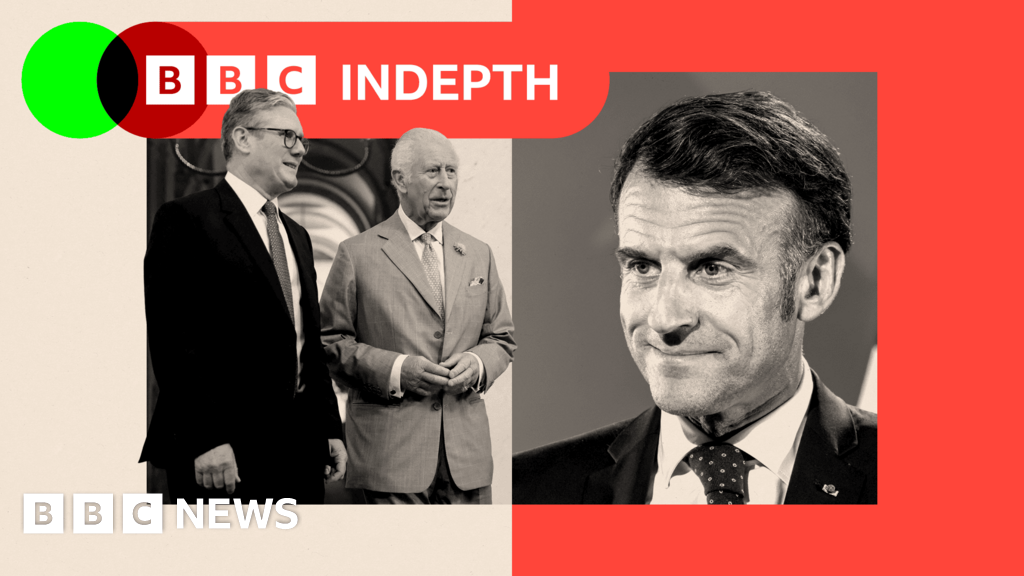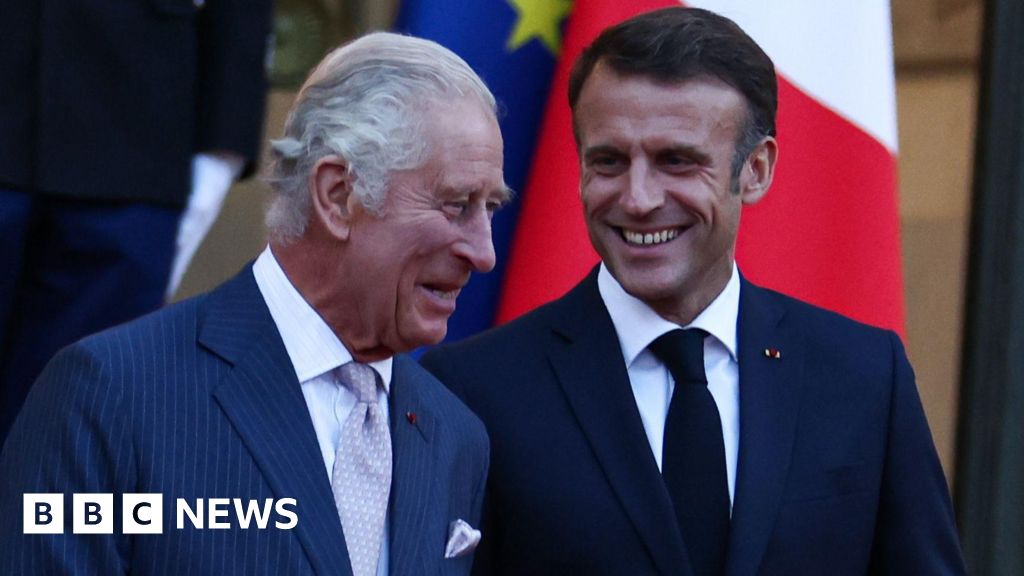Key Takeaways
- President Trump appointed Michelle Bowman as the new Federal Reserve Vice Chair for Supervision, replacing Michael Barr.
- Bowman has been skeptical of a U.S. Central Bank Digital Currency (CBDC).
- Recently, however, she has signaled a more open stance toward digital assets.
President Donald Trump has appointed Federal Reserve Governor Michelle Bowman as the central bank’s new Vice Chair for Supervision, replacing Michael Barr, who resigned last month.
Bowman, a longtime skeptic of retail central bank digital currencies (CBDCs), has shown cautious support for regulated crypto innovation.
Her appointment signals a potential shift in the Fed’s regulatory approach—one that could bring a more measured stance toward digital assets while maintaining oversight of the banking sector.
Trump Appoints Michelle Bowman as Fed’s Top Bank Regulator
Bowman, a former Kansas banking regulator and community bank executive, is expected to take a lighter approach to financial oversight.
She previously joined the Fed during Trump’s first term and has been a vocal critic of overregulation , particularly when it comes to small banks.
Trump praised Bowman’s expertise in banking, inflation, and financial policy, describing her appointment as part of his broader push to undo what he called years of economic “mismanagement.”
Bowman will also retain her seat on the Federal Open Market Committee (FOMC), which meets this week and is widely expected to leave interest rates unchanged.
A Shift in Crypto Oversight?
Bowman’s appointment could mark a shift in the Fed’s approach to digital assets. She has consistently shown openness to stablecoins and regulated digital assets.
In contrast, Barr took a more cautious—though not outright hostile—stance toward crypto. During his tenure, he repeatedly warned against banks holding crypto on their balance sheets, calling it “unsafe and unsound.”
While he avoided a full-scale crackdown, his regulatory approach was viewed by some in the industry as an attempt to limit crypto firms’ access to the banking system—a strategy critics dubbed “Operation Choke Point 2.0.”
Barr also led efforts to tighten oversight of stablecoins, arguing that they carried “run risks” similar to unregulated private money. However, he maintained that the Fed was not blocking banks from serving crypto clients, instead emphasizing risk management and financial stability.
Despite his regulatory caution, Barr’s past role as an advisor to Ripple complicated his image as an anti-crypto figure. His departure removes a key skeptic of bank-held digital assets and paves the way for Bowman, whose approach could signal continuity with a more balanced tone.
Bowman’s Stance on CBDCs and Stablecoins
Bowman has been an outspoken critic of a U.S. CBDC, particularly one intended for retail use. She has consistently questioned its necessity, arguing that existing payment systems already provide efficiency and accessibility.
In November 2021, at a Q&A with the American Bankers Association (ABA), Bowman questioned the need for a U.S. CBDC, stating, “I’m not really sure that I understand or see the business case for creating it,” citing the current system’s reliability.
In April 2023, she argued a CBDC wouldn’t significantly improve payments over existing systems like FedNow or enhance financial inclusion, as “over 95% of households have bank accounts.”
She also dismissed claims that a CBDC would strengthen the dollar’s global role, stating its dominance comes from “the U.S. economy’s size, deep financial markets, strong institutions, and rule of law.”
Bowman has, however, acknowledged the potential role of stablecoins in digital payments, though she has warned that they can be “less secure, less stable, and less regulated” than traditional money.
While her stance on digital assets remained largely unchanged for years, recent comments from Bowman and Fed Governor Christopher Waller in February 2025 suggest the central bank may be taking a more open approach toward digital innovation.
Bowman’s leadership could provide a clearer regulatory path for crypto firms—but whether that translates into meaningful policy shifts remains to be seen.
Was this Article helpful?


















